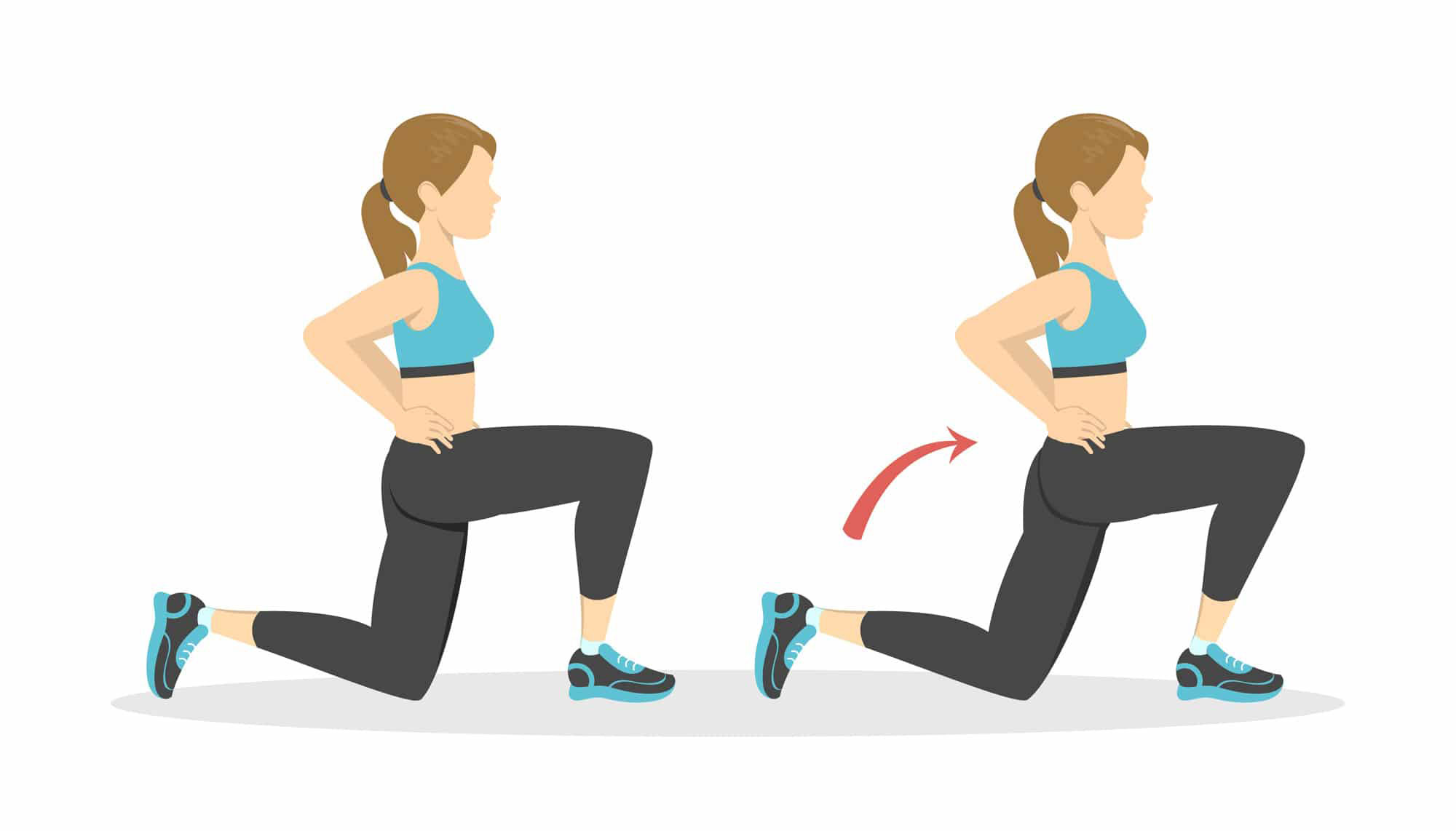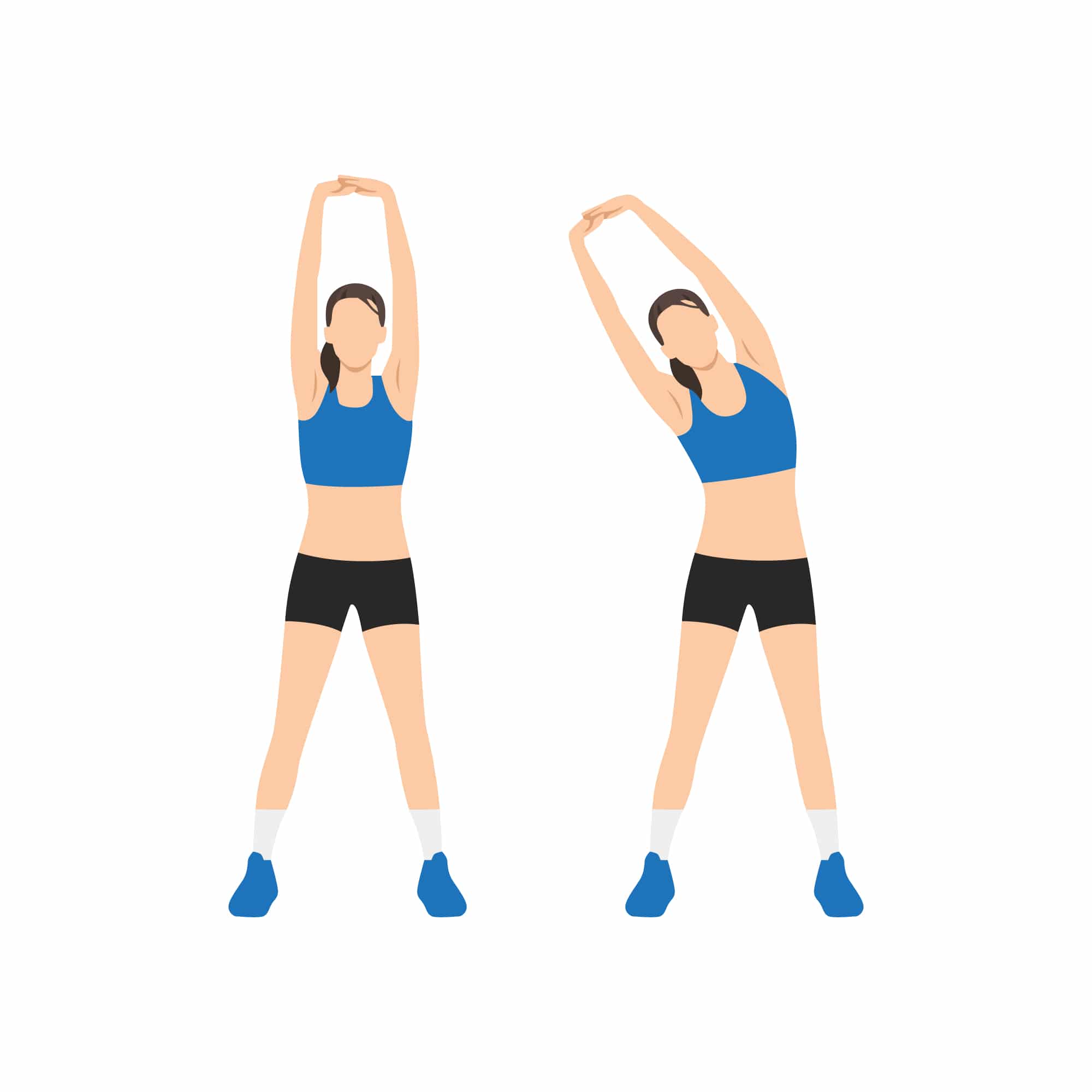
Breathing Mechanics and Physiology: Why Better Breathing Means Better Health
We breathe over 20,000 times a day, yet most of us don’t think twice about it. But if you struggle with chronic pain, fatigue, stress,

When it comes to the most common patient presentations we see in the clinic, neck pain and stiffness is up there as one of the most common complaints.
People ask us, “Why do I have such a stiff neck?”
To be honest there are several reasons why your neck could be stiff and painful.
Stress.
Anxiety.
Sitting at a computer or desk all day.
Previous trauma to your head, neck or shoulders
These are just a few reasons why your neck may be stiff.
Everyone’s perception of neck stiffness is different.
Interestingly enough, rotation of the head and neck is movement we assess in the majority of our clients.
We see a variety of things.
Amongst these patients when asked how the neck movements feel, we are often told which side feels tighter and where they feel the tension. Funnily enough in some patients with limited movement, they often say their neck movements feel fine!

Neck stiffness. Neck tension. Restricted movement. Decreased range of motion. Blocked movement. Muscle spasm.
These are common ways patients talk about their neck stiffness.
Neck stiffness may be accompanied by headache, migraine, dizziness, lightheadedness, ear ache and referred pain or symptoms into the upper back and arm(s).

The way in which you breath can impact muscular tension around the neck and shoulder region.
Do you breathe through your nose or your mouth?
Ideally, you breathe through your nose the majority of the time. Your nose warms, filters and humidifies the air. It is the most effective and efficient way to breathe.
Your main muscle of inspiration is your diaphragm. When you breathe through your mouth, you use your diaphragm less. This creates more rigidity through your rib cage and thoracic spine (thorax).
Breathing through your mouth recruits more muscles around your neck, chest and shoulders. As this becomes a habit, you may develop more resting tension in these muscles.
The muscles of your neck attach to your ribs and shoulder girdle (collarbone and shoulder blade). As your ribcage becomes stiff and rigid, tension increases in your neck and shoulder muscles.
This pattern also uses more energy, so when you breathe through your mouth, you are more likely to experience fatigue and brain fog.
Top tip: If you struggle to make nose breathing a habit talk to one of our physios or our in-house Functional Airway Specialist Roger Price.
When we talk about posture, most will straight away think of the way you sit.
But we are also referring to the way you stand and even the way you sleep.
Let’s break each of them down.

Sitting at a desk all day everyday without moving is good for no one.
When you sit for prolonged periods of time – let’s say, periods of longer than 40 minutes you become less effective at holding a “good posture”. This often results in increased strain on your neck and back muscles.
The longer you sit (and less you move), the less blood flow to your postural muscles.
Burning and aching muscles are often the result.
This leads to increased tension and weakness in these muscles. The increased tension is another layer of tension that impacts your ribcage mobility, and thus your ease of breathing and ability to maintain a neutral posture.
Top tip: Check your workstation set-up here and make sure to move regularly – if you are not getting out of your seat at least once per hour, you need to move more!

Do you choose to stand at your desk all day?
As with prolonged sitting postures, prolonged standing has its pitfalls.
Namely, that it is prolonged.
The longer you stand, once again, the more postural muscles will fatigue.
You will shift your weight over to one leg. Standing this way for long enough can lead to increased tension through the hip, thigh and calf muscles on that side of the body.
Depending on your postural habits and previous injuries, you may develop tension on the same or opposite side of your upper body – impacting your upper back and neck muscles.
Top tip: Check your workstation set-up here and make sure to move regularly – if you are not getting out of your seat at least once per hour, you need to move more!

When it comes to sleep posture there is so much variability in what is the “right position” to sleep in.
Some people only sleep on their back. Some only on their sides. Some just on their stomach.
Some move around constantly.
I would say that if you have a preferred position and it’s working and you have no specific aches and pains, keep doing it!
If you suffer from neck pain and or stiffness you may want to avoid sleeping on your stomach and limit sleeping on your side.
Sleeping on your stomach requires that you lay with your head rotated to one side for an extended period of time – this can lead to ongoing stiffness/tension.
Sleeping on one side may be worse than the other. The main issue here is that if you have a specific neck driver for your neck pain this can be a challenging position for your neck, thus often waking with a stiff neck.
Sleeping on your back with a good supportive pillow will help facilitate relaxation of any tight neck muscles which are impacting your neck pain.

Having a head or neck injury such as whiplash and concussion will often lead to tension and pain in the neck muscles. These injuries most often heal well and in a timely manner, but when they don’t, restricted neck mobility can be a lasting result.
Injuries to the shoulder often also impact the neck. This is due to the muscular connections between your shoulders, neck and rib cage. These 3 areas have many interconnections and when you injure one, the impact may be felt in one or all areas.
Something you may not also consider is that time you fell over and sprained or broke your wrist. The force of landing on a straight arm is often transmitted up the entirety of the arm and into the neck.
Lastly injuries that most don’t link to their neck, or those to your lower body. Persistent pelvic girdle pain or an old ankle sprain. Anything that changes how you load through your lower body can have an impact up the kinetic chain. Offloading a stiff ankle can lead to increased tension all the way up into your neck!
If you are wondering if your ongoing neck stiffness is related to a previous injury, check in with one of our physios today.








We breathe over 20,000 times a day, yet most of us don’t think twice about it. But if you struggle with chronic pain, fatigue, stress,

From Melinda… For people who come to my classes and clients who have been seeing me for a while, may have heard some of the

Meet Susan Susan recently suffered a fall attempting to lift a 2.5kg bag of soil overhead in her garden shed when she felt her leg
Sign Up Below To Get Your Free RedoHealth Guide Now

By registering, you agree to receive SMS and email communications from RedoHealth. No spam guaranteed. Unsubscribe at anytime.